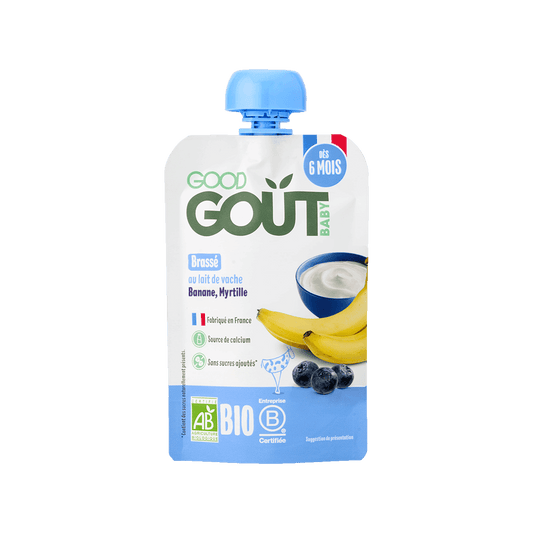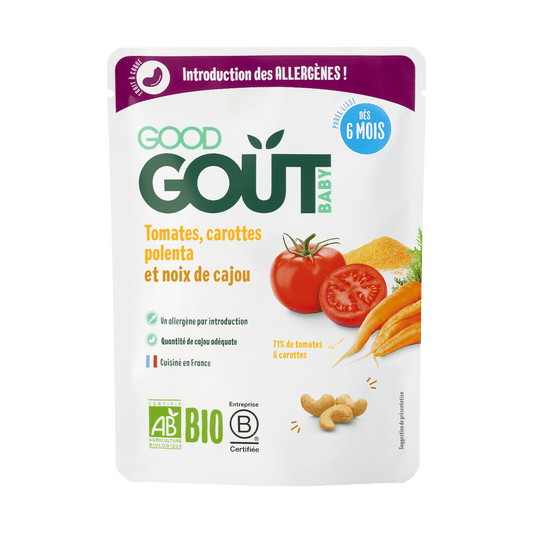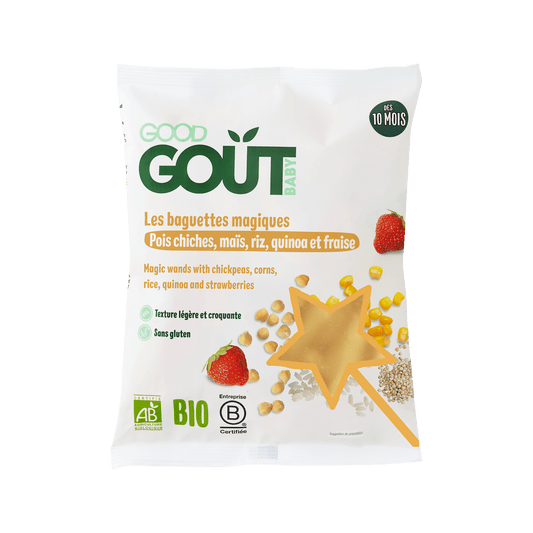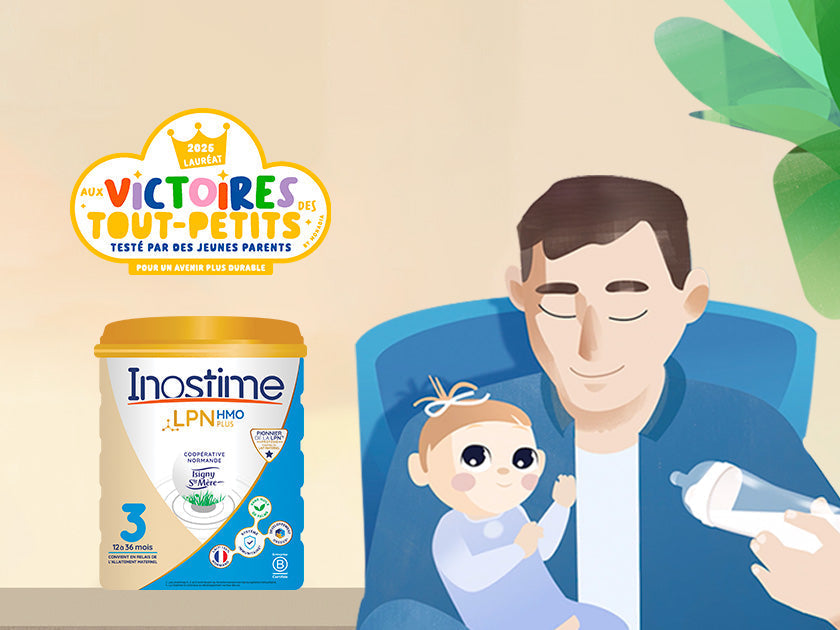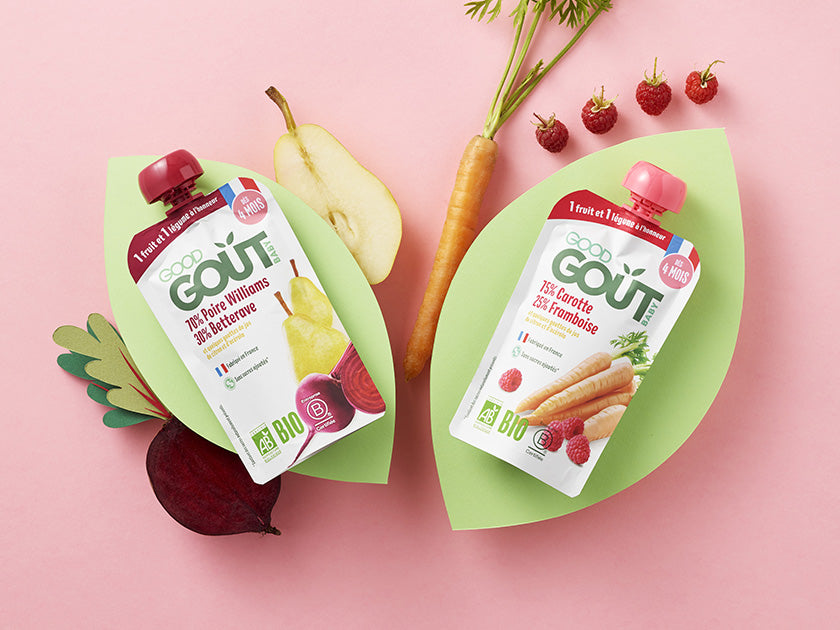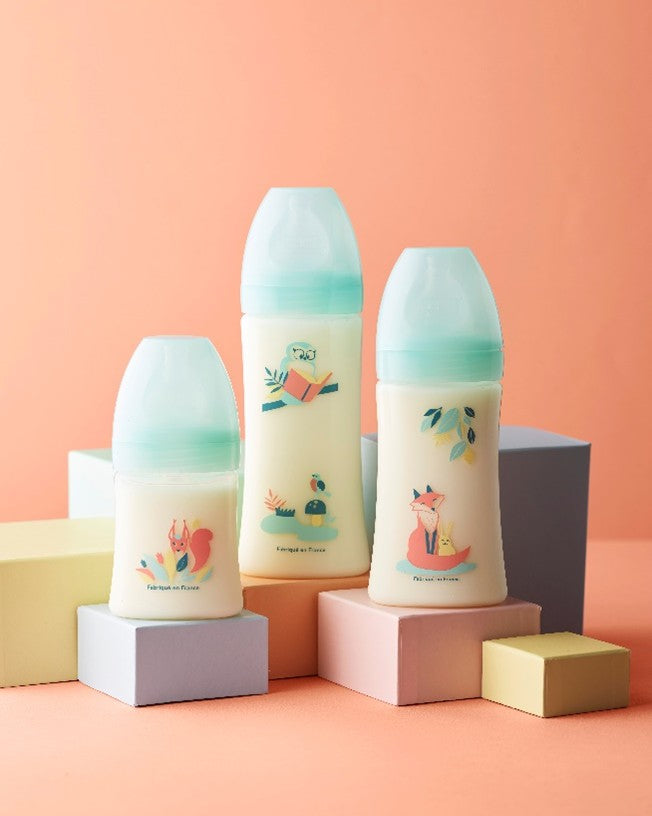Scientists attribute children's preference for sweets in part to nostalgia for the womb. After a good meal, the mother's blood sugar level rises and could contribute to making the amniotic fluid sweeter, thus associating sweet tastes with a pleasant feeling of satiety in the infant. So, your baby is likely to be naturally attracted to sweet things. Not to upset you, but they're following their instincts! So how can you manage this innate passion for sweets?
Sugar? Sugars!
The sweet taste found in certain foods has various origins. At its core, it always comes from nutrients, "carbohydrates": fructose for fruit, sucrose for table sugar, and lactose for milk.
There are also natural sweeteners from plants that can serve as alternatives to beet sugar and cane sugar. The best known are undoubtedly honey (the fruit of the work of our little bees) as well as maple syrup (which, in addition to being absolutely delicious, is rich in vitamins and minerals). In recent years, agave syrup has also been gaining popularity. It comes from the agave plant, a plant native to Mexico (it's also with this plant that tequila is made... but shhh). Stevia, on the other hand, is a sweetener derived from the plant of the same name. This natural sweetener has a strong sweetening power without adding calories.
There are two types of sugars available on the market: refined sugar and unrefined sugar. Only unrefined sugars (in moderation, of course!) can provide valuable nutrients to your baby's body.
Sugar, a true or false friend for our babies?
Sugars, or carbohydrates, are the "fuel" that keeps the body running. They provide the energy needed by muscles and nerve cells. In short, they are absolutely essential, especially in a small, developing body that burns energy! This is why the only food consumed by babies until 4-6 months is milk, which is naturally very sweet.
Every time your child consumes carbohydrates, they are either used directly (glucose) or stored in their liver and muscles (glycogen) as an energy reserve. So important!
But if there is too much sugar, then the excess turns into fat... And that's where the problem of excess weight, even among the youngest, arises...
What foods can you give your baby without hesitation?
Your little wonder hasn't yet arrived in the world and you're a gourmet mom-to-be? Remember that when you're expecting a baby, you shouldn't eat twice as much, but twice as well. Even in your womb, your baby's senses are heightened, and they're already starting to get used to the taste of what you're eating. To limit their sugar addiction later on, be careful about your sugary food intake, but don't deprive yourself!
Is your baby starting the big step of weaning? Choose homemade preparations, without added sugar, and organic meals sold in stores, very rich in fruits or vegetables. We're not going to play modest, at Good Goût all our recipes contain at least 60% of a good vegetable and our compotes are 100% fruit, with no added sugar .
Drinks: water galore, but no syrup (except in exceptional circumstances, of course).
When your baby can sit up unaided and starts to develop several teeth (around 10 months), they can nibble on a treat for their snack. It's best to avoid small biscuits rich in sugar, jam, chocolate, etc. and opt for mini rice cakes, for example, naturally sweetened with organic apple or carrot juice.
Treats, candies, cakes, pastries, etc. should be reserved for rare occasions like a birthday, for example. It's not about banning them, but about giving them at the right time. Ideally, this kind of little treat should be allowed at the end of a balanced meal, not between meals. Indeed, aside from promoting the appearance of cavities, sweets provide no nutritional benefits and will therefore not create any feeling of satiety in your child. He will therefore tend to want more in order to be satisfied, thus confusing hunger with gluttony.
Sources
La nutrition.fr : http://www.lanutrition.fr/bien-dans-son-assiette/alimentation/sucre-et-produits-sucres/sucre/quels-sucres-consomme-t-on.html
INPES “The nutrition guide from birth to 3 years” : http://opheliefouretsassmat.e-monsite.com/medias/files/inpes-diversification-alimentaire.pdf
Eat and move “the first step in diversification” : http://www.mangerbouger.fr/pour-qui-242/enfants/la-phase-de-diversification-6-mois-3-ans/bien-manger-57/la-1ere-etape-de-diversification-4-mois-8-mois.html

